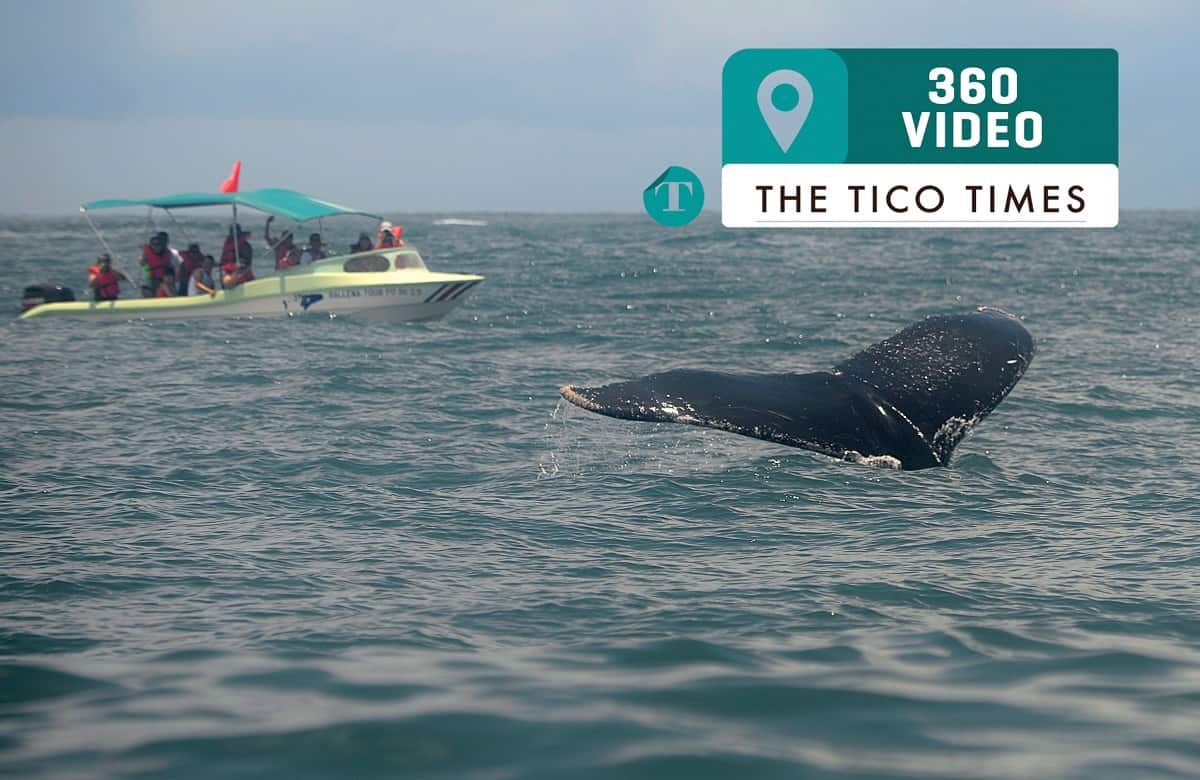It’s whale watching season in Costa Rica, a thrilling time of year when visitors have the chance to witness one of nature’s most awe-inspiring spectacles. Every year, thousands of humpback whales make the long journey from the Southern Hemisphere to the warm waters of Costa Rica to give birth.
These waters provide a safe haven for mothers and their newborn calves, as the temperature and environment help keep predators at bay. The calm conditions of Costa Rica’s Pacific coastline create an ideal nursery, where the whales can bond with their calves and the young can gain strength before heading out into the open ocean.
The whales typically arrive in July, after traveling thousands of miles from the Antarctic, and they remain close to the coast for several months. The peak season for whale watching falls in September and October, making these months the best time to book a tour. During this period, the whales are preparing to begin their migration back to colder waters, but before they leave, they offer an unforgettable experience for visitors.
For those venturing to Marino Ballena National Park or the waters around Uvita and Osa, a whale-watching tour offers the best chance to see these majestic creatures up close. The sight of a humpback whale breaching – leaping out of the water – is one of the most exciting moments you could witness. However, breaching is relatively rare, occurring on about one in 10 tours, according to local operators. Even without a breach, the chance to see humpbacks swimming gracefully near the surface, with their massive tails and flippers visible, is an experience you won’t want to miss.
Many tours also offer the opportunity to spot other marine life, including dolphins and sea turtles, adding to the richness of the experience. Costa Rica’s commitment to sustainable tourism means these tours are conducted with respect for the wildlife, ensuring minimal disturbance to the whales and their environment.






